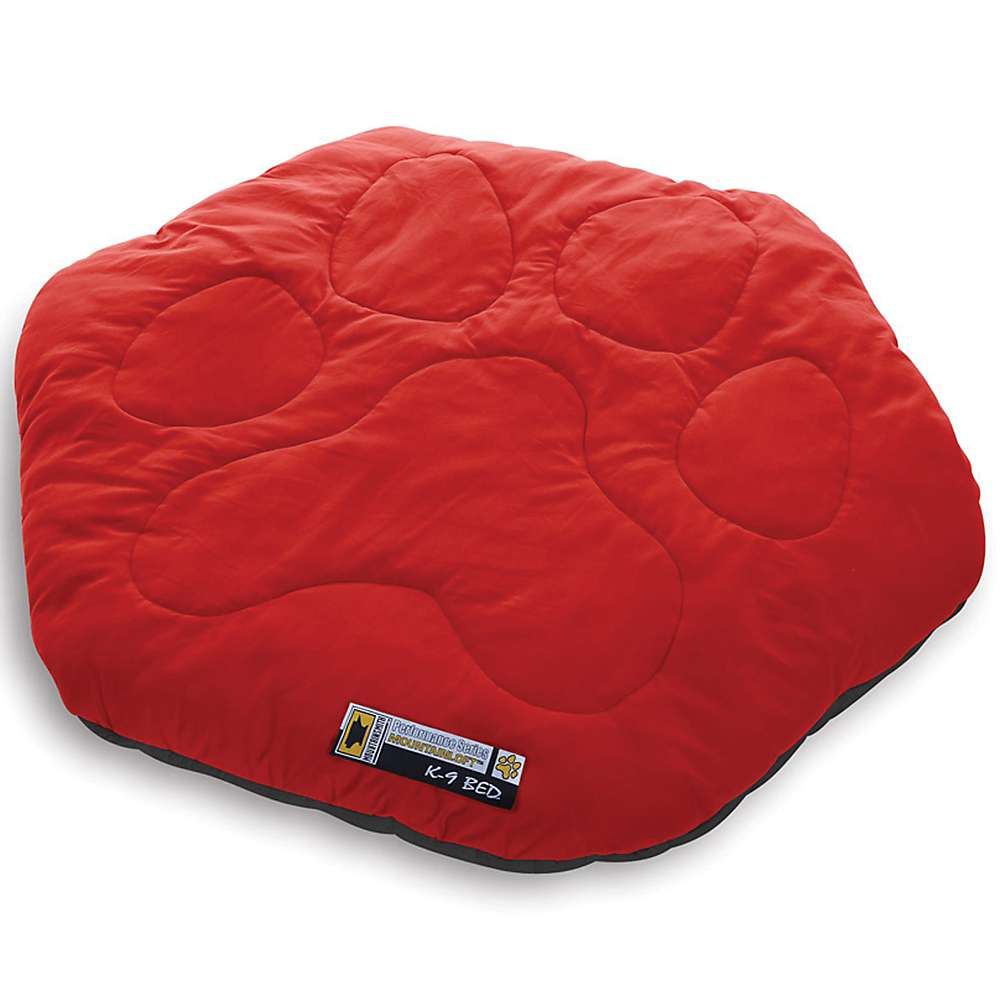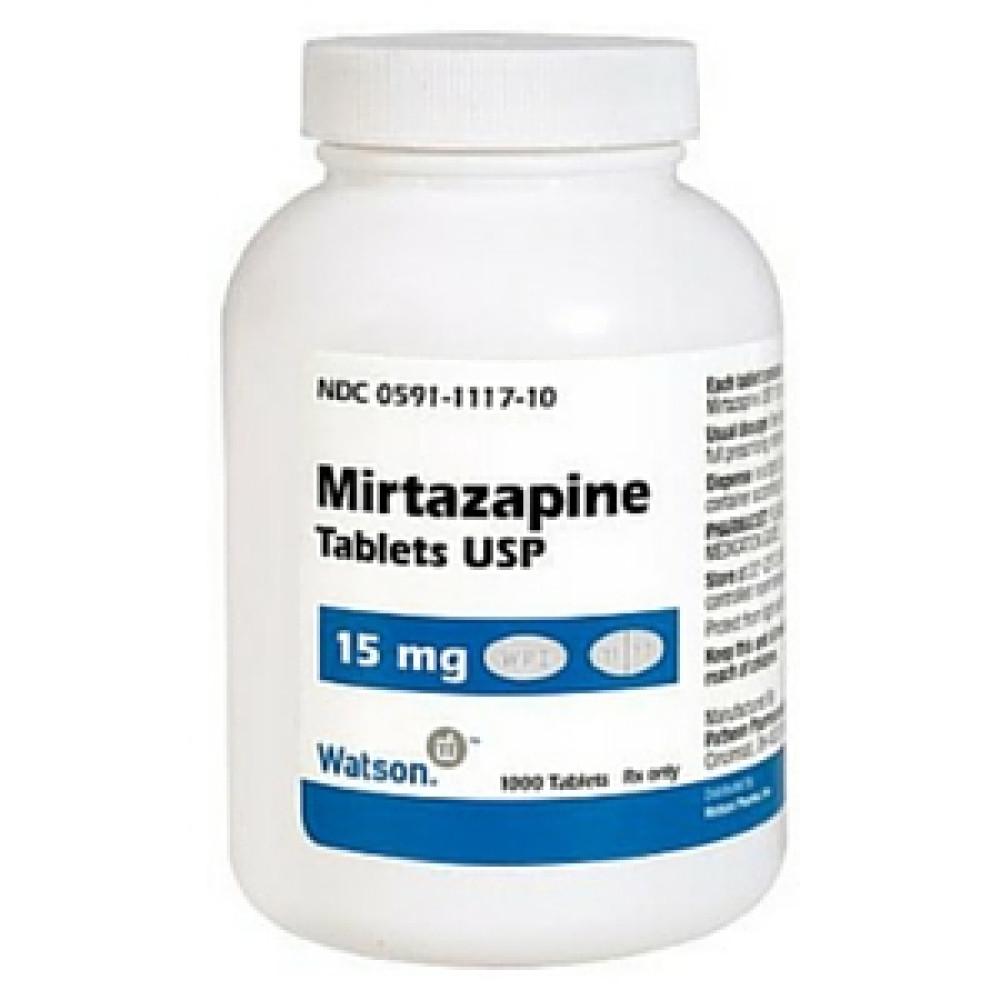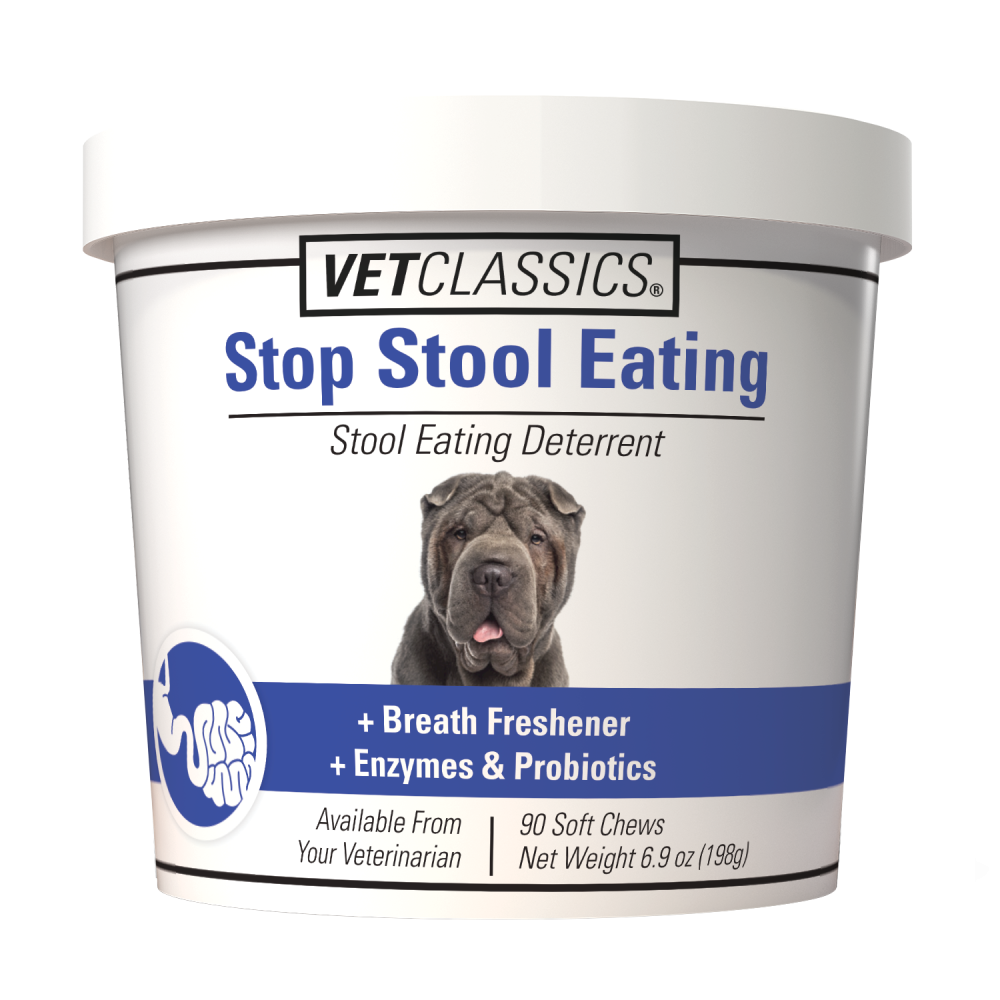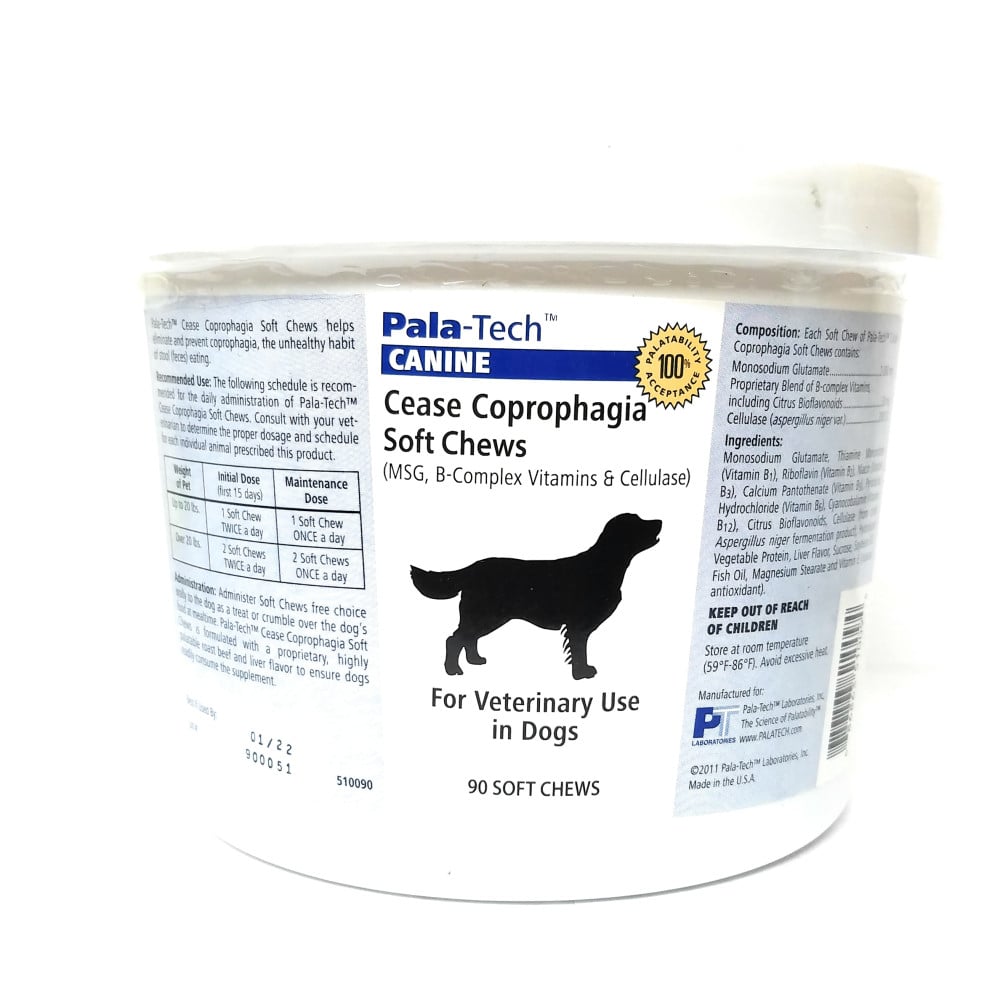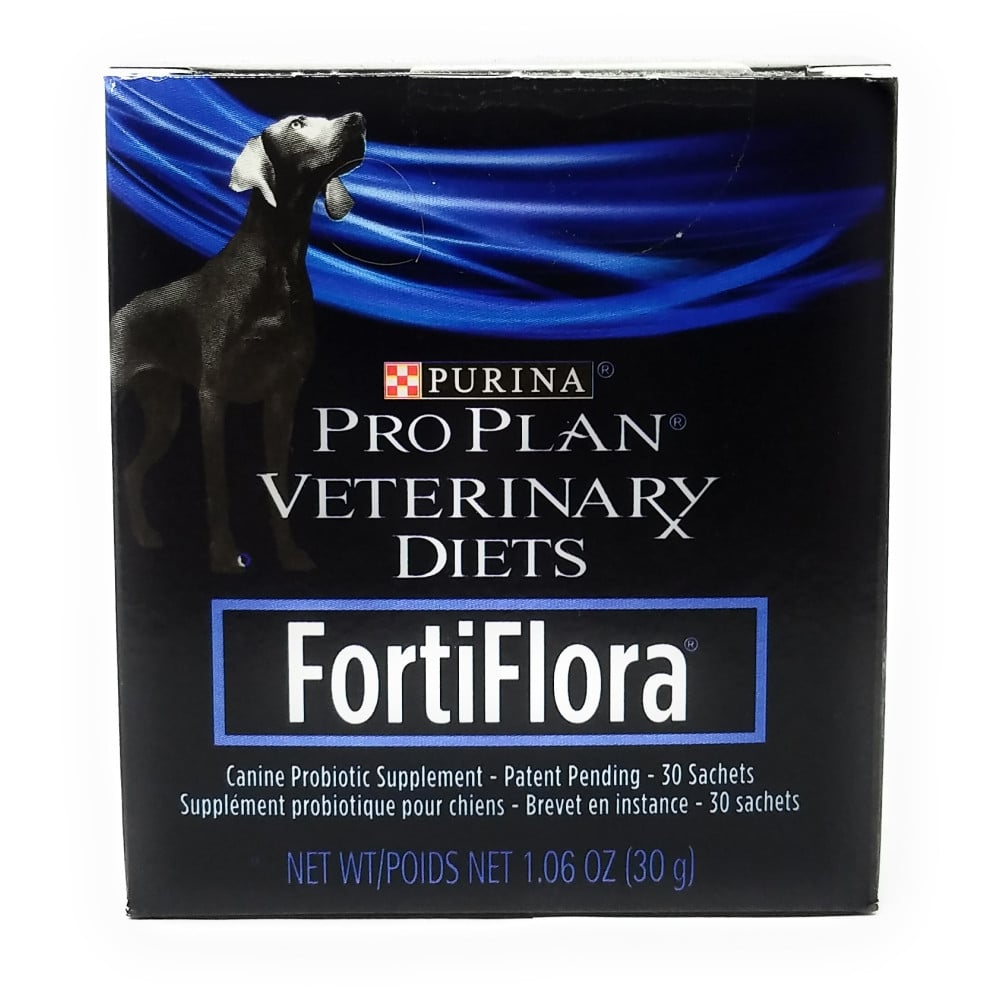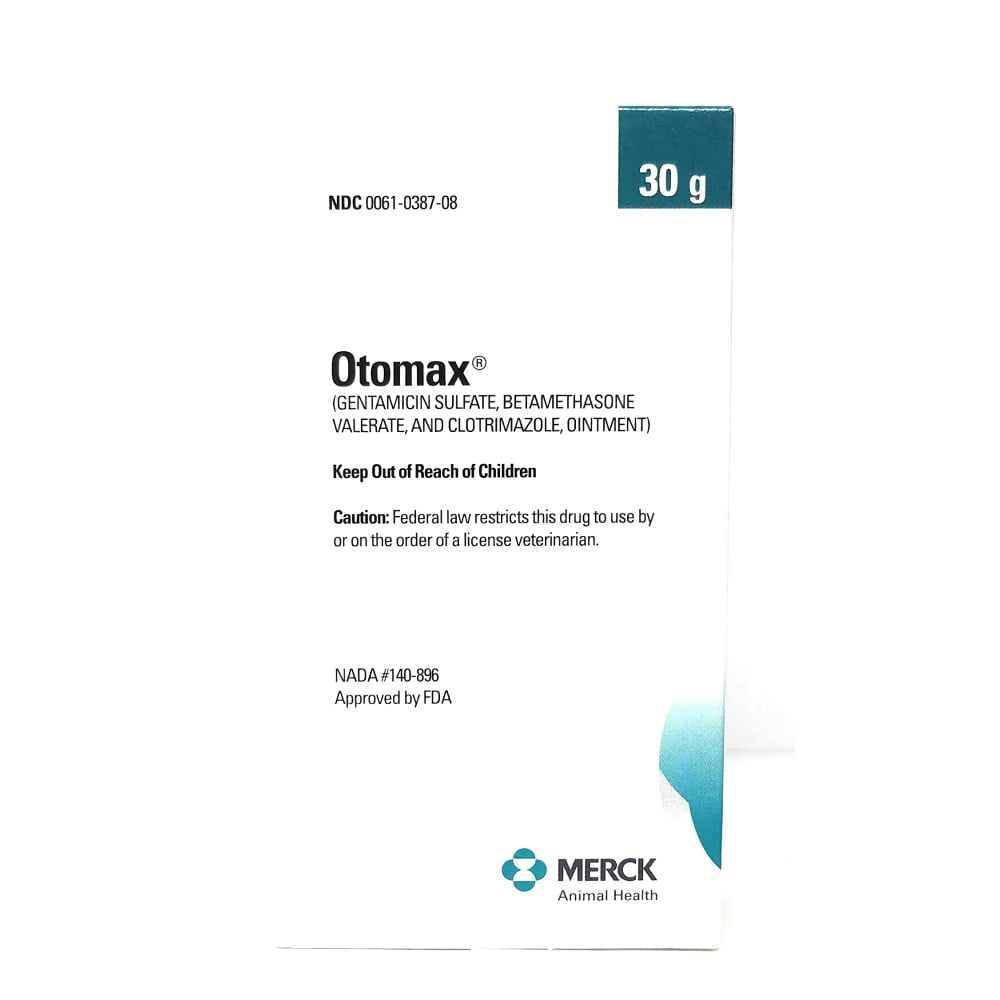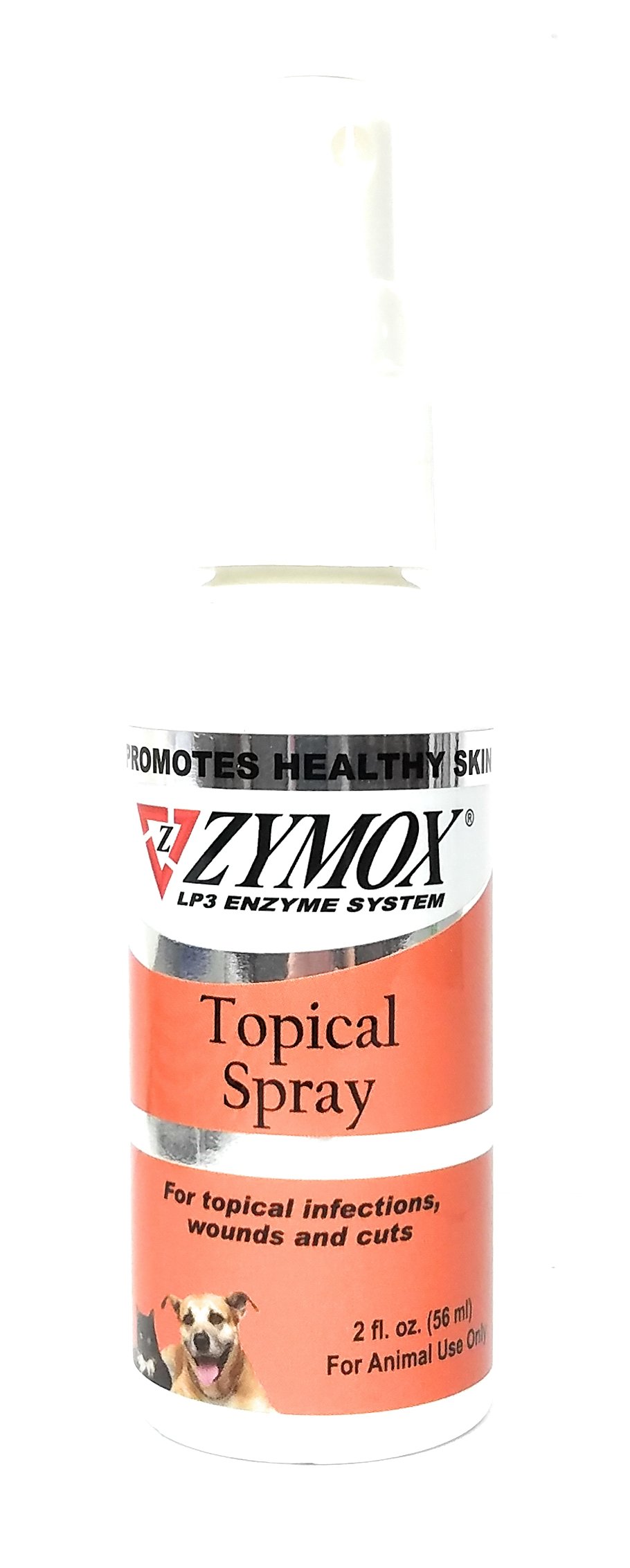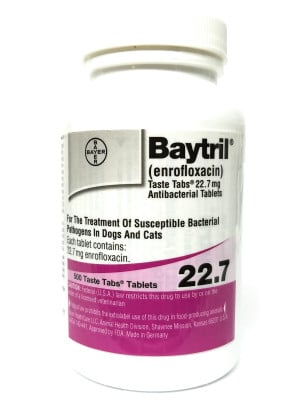Hereditary Problems
in the Alaskan Malamute 
![]() Hip Dysplasia - is an imperfect formation of
the ball and socket assembly in the pelvis. The degree of imperfection
can vary from severe to very slight. Like most large breeds, Malamutes
suffer from a high incidence of hip dysplasia. No one can say for sure
how hip dysplasia is inherited, but many feel it is polygenic (many genes involved)
and influenced by the environment. Several registries now screen dogs
for this problem including OFA (Orthopedic Foundation
for Animals) and PennHipp. When you buy a puppy BOTH parents should be
evaluated by one of these authorities to lessen your chances of having a puppy
with this affliction. If the diagnosis is clear, a certificate is issued.
In spite of the most conscientious efforts, a majority of breeders produce a
small percentage of dysplastic dogs. These dogs, if not badly affected,
can lead normal and happy lives but should not be used for breeding.
Hip Dysplasia - is an imperfect formation of
the ball and socket assembly in the pelvis. The degree of imperfection
can vary from severe to very slight. Like most large breeds, Malamutes
suffer from a high incidence of hip dysplasia. No one can say for sure
how hip dysplasia is inherited, but many feel it is polygenic (many genes involved)
and influenced by the environment. Several registries now screen dogs
for this problem including OFA (Orthopedic Foundation
for Animals) and PennHipp. When you buy a puppy BOTH parents should be
evaluated by one of these authorities to lessen your chances of having a puppy
with this affliction. If the diagnosis is clear, a certificate is issued.
In spite of the most conscientious efforts, a majority of breeders produce a
small percentage of dysplastic dogs. These dogs, if not badly affected,
can lead normal and happy lives but should not be used for breeding.
![]() Chondrodysplasia - is a genetic disorder whereby there are deformed
or "dwarfed" puppies in the litter. Both
parents must be carriers of this disorder to produce "dwarf" puppies.
A carrier can appear normal but still harbor this recessive gene. In an
effort to eradicated this genetic disorder from the Alaskan Malamute the AMCA
calculates the probability of a dog producing this disorder by examining the
number of ancestors that have produced such puppies. If the owner has
a Malamute whose parents are both certificated, that dog is eligible for it's
own certificate. To be certified the analysis rates the dog as having
a 6.25% or less chance of producing Chondrodysplasia. Your puppy
should have certified parents. More info about Chondrodysplasia here.
This is a photo of a dwarf puppy that will be used in the AMCA CHD breeding
program - notice the odd angle of the front legs.
Chondrodysplasia - is a genetic disorder whereby there are deformed
or "dwarfed" puppies in the litter. Both
parents must be carriers of this disorder to produce "dwarf" puppies.
A carrier can appear normal but still harbor this recessive gene. In an
effort to eradicated this genetic disorder from the Alaskan Malamute the AMCA
calculates the probability of a dog producing this disorder by examining the
number of ancestors that have produced such puppies. If the owner has
a Malamute whose parents are both certificated, that dog is eligible for it's
own certificate. To be certified the analysis rates the dog as having
a 6.25% or less chance of producing Chondrodysplasia. Your puppy
should have certified parents. More info about Chondrodysplasia here.
This is a photo of a dwarf puppy that will be used in the AMCA CHD breeding
program - notice the odd angle of the front legs.
![]() Juvenile
Cataracts, PRA, Dayblindness - With
the recent explosion in the number of Alaskan Malamutes producing juvenile cataracts
and other eye disease, it is important both parents be certified by an eye registry.
CERF (Canine Eye Registration Foundation) registration shows your breeder supports
the goal of eliminating heritable eye disease and provides proof of integrity
and commitment in eliminating these problems. The dog is examined by a
canine opthamologist in an effort to remove dogs with eye disease from breeding
programs so they will not pass on these diseases to future generations.
Juvenile
Cataracts, PRA, Dayblindness - With
the recent explosion in the number of Alaskan Malamutes producing juvenile cataracts
and other eye disease, it is important both parents be certified by an eye registry.
CERF (Canine Eye Registration Foundation) registration shows your breeder supports
the goal of eliminating heritable eye disease and provides proof of integrity
and commitment in eliminating these problems. The dog is examined by a
canine opthamologist in an effort to remove dogs with eye disease from breeding
programs so they will not pass on these diseases to future generations.
![]() "Coat
Funk" - Currently there is no way of testing
or clearing breeding stock for this newly discovered condition. It is
so new it doesn't even have a scientific name! This condition, similar to follicular
dysplasia in Siberian Huskies, but not the same, results in severe hair loss
beginning around the neck and tail and spreading to other areas of the body.
Onset can be at any age and any severity. The haircoat breaks, falls
out and does not regrow. This is much different than seasonal shedding
where the haircoat cycles and replaces itself seasonally. Not much is
known about this condition at this time, it is suspected there is a hereditary
link but no one is sure how. Reputable breeders will remove affected dogs
from their breeding programs. At least 2 large universities are
studying the condition at this time and research is inconclusive.
"Coat
Funk" - Currently there is no way of testing
or clearing breeding stock for this newly discovered condition. It is
so new it doesn't even have a scientific name! This condition, similar to follicular
dysplasia in Siberian Huskies, but not the same, results in severe hair loss
beginning around the neck and tail and spreading to other areas of the body.
Onset can be at any age and any severity. The haircoat breaks, falls
out and does not regrow. This is much different than seasonal shedding
where the haircoat cycles and replaces itself seasonally. Not much is
known about this condition at this time, it is suspected there is a hereditary
link but no one is sure how. Reputable breeders will remove affected dogs
from their breeding programs. At least 2 large universities are
studying the condition at this time and research is inconclusive.
For more information on coat funk (with excellent pictures showing the condition) visit the Minnesota Malamute Club Website. The Minnesota Malamute Club has a great pictorial information as well.
![]() "Bloat" or Gastric dilation and volvulus (GDV) - is
an acute, life threatening condition which requires immediate medical or surgical
intervention to avoid certain death. The stomach fills with gas
and fluid, twists, cutting off the blood supply to vital organs. The cause
of GDV is unknown, but many contributing factors are suspect including:
"Bloat" or Gastric dilation and volvulus (GDV) - is
an acute, life threatening condition which requires immediate medical or surgical
intervention to avoid certain death. The stomach fills with gas
and fluid, twists, cutting off the blood supply to vital organs. The cause
of GDV is unknown, but many contributing factors are suspect including:
- Ingestion of large meals
- Ingestion of large quantities of water
- Physical predisposition
- Exercise after a meal
- General anesthesia for surgery
- Stress
- Excessive calcium supplements
- Trauma
- Pyloric and duodenal obstructions
- Vomiting or other conditions causing abdominal stress
Heritability has not been proven as a cause. The current theory is that with a deep-chested breed, the weight of the stomach is pulled downward causing a laxity which allows for the rotation. For a more in-depth discussion of bloat, click here. Read this now before you NEED it! More info here.
![]() Hypothyroidism - There are 2 types of hypothyroidism that occur
in Alaskan Malamutes, acquired and congenital. Acquired occurs in dogs
middle age or older. At birth the dog has a normally functioning thyroid
gland, but with age, it stops functioning properly. Symptoms include sleepiness,
seeking warm places, gaining weight, sometimes reproductive disorders, and may
or may not include hair loss. Seizures have also been reported. In congenital hypothyroidism, the thyroid
gland is abnormal from birth. Because it is not functioning properly
the puppy cannot grow proportionally at the proper rate. Some parts may
grow faster than others. Thyroxin is also necessary for proper nerve and
brain development, so when deficient, the pups are lethargic and dull.
Treatment for both is a thyroid hormone supplement prescribed by a veterinarian. While Thyroid testing can be done on the parent dog, it is not that helpful
in screening for the disease, since it is not known if this disease is a hereditary
condition or how it might be transmitted.
Hypothyroidism - There are 2 types of hypothyroidism that occur
in Alaskan Malamutes, acquired and congenital. Acquired occurs in dogs
middle age or older. At birth the dog has a normally functioning thyroid
gland, but with age, it stops functioning properly. Symptoms include sleepiness,
seeking warm places, gaining weight, sometimes reproductive disorders, and may
or may not include hair loss. Seizures have also been reported. In congenital hypothyroidism, the thyroid
gland is abnormal from birth. Because it is not functioning properly
the puppy cannot grow proportionally at the proper rate. Some parts may
grow faster than others. Thyroxin is also necessary for proper nerve and
brain development, so when deficient, the pups are lethargic and dull.
Treatment for both is a thyroid hormone supplement prescribed by a veterinarian. While Thyroid testing can be done on the parent dog, it is not that helpful
in screening for the disease, since it is not known if this disease is a hereditary
condition or how it might be transmitted.
![]() Polyneuropathy - Our first experience with this devastating condition was second hand. A fellow breeder had several dogs affected. Some of Homer's sisters were similarly affected but he never was, and never passed it on so was apparently not a carrier. We somehow luckily dodged a bullet on that one! The symptom I found most noticeable was the toe-ing under and uncoordinated gait I saw in affected dogs. It's a neurological disorder and can be very mild, or very devastating. I wonder if it's somehow related to Degenerative Myelopathy we've seen in our older dogs. We've had a few older dogs affected with something akin to DM which has affected some of our older dogs when they reach 11 and up. It will be interesting to follow the research in both of these fields. Fortunately we've never had a young dog affected by either disorder.
Polyneuropathy - Our first experience with this devastating condition was second hand. A fellow breeder had several dogs affected. Some of Homer's sisters were similarly affected but he never was, and never passed it on so was apparently not a carrier. We somehow luckily dodged a bullet on that one! The symptom I found most noticeable was the toe-ing under and uncoordinated gait I saw in affected dogs. It's a neurological disorder and can be very mild, or very devastating. I wonder if it's somehow related to Degenerative Myelopathy we've seen in our older dogs. We've had a few older dogs affected with something akin to DM which has affected some of our older dogs when they reach 11 and up. It will be interesting to follow the research in both of these fields. Fortunately we've never had a young dog affected by either disorder.
![]() Epilepsy - While we have a little personal experience with it - Dan had a spaniel as a child that was epileptic, and Chevy had severe grand mal cluster seizures for years....we have heard of an increase in this in Malamutes quite recently through other breeders. Whether this is an increase in actual epilepsy, or an increase in some other seizure causing problem is unknown. Anything that injures the brain and causes seizures is called secondary epilepsy. There is also an inherited form of epilepsy, primary epilepsy, which frequently appears between one and three years of age. Generally if it appears later, something else is probably going on.
Epilepsy - While we have a little personal experience with it - Dan had a spaniel as a child that was epileptic, and Chevy had severe grand mal cluster seizures for years....we have heard of an increase in this in Malamutes quite recently through other breeders. Whether this is an increase in actual epilepsy, or an increase in some other seizure causing problem is unknown. Anything that injures the brain and causes seizures is called secondary epilepsy. There is also an inherited form of epilepsy, primary epilepsy, which frequently appears between one and three years of age. Generally if it appears later, something else is probably going on.
Seizures can have MANY causes, a single seizure does not indicate inherited epilepsy. Common causes include toxins, metabolic diseases, and brain injury (such as trauma or tumor). Diagnosis is a process of elimination and important for correct treatment. If you have not done at LEAST a complete blood count, neurological exam, and routine serum chemistry profile, urine analysis, bile acids assay and thyroid tests you have not determined that the dog has epilepsy. Often no cause is found, but it is important to rule out toxins or other reasons that can be eiminated before "assuming" a few seizures are true epilepsy. Even WORMS can cause epileptic-like seizures so it's important to do the proper testing before making any assumptions.
We had a 5 year old put down because the owner "thought" he had epilepsy - with no genetic history or tests to base it on. She didn't do proper testing, nor did she even take him to a board certified veterinarian (she used a holistic vet) so I was quite upset he was arbitrarily put down before any true diagnosis could be ascertained. While it can be a difficult to diagnose seizures, it's important because so many things can cause them - epilepsy being only ONE of the reasons - and without a familial genetic history of epilepsy the odds are pretty good it WAS something else had she bothered to find out.
I would not want this to happen to another dog! If you can't afford to treat the dog you have, maybe you shouldn't have a dog (or should return it to the breeder who WILL take care to diagnose the dog properly). Knowing if a dog truly has epilepsy (rather than just guessing) is CRITICAL to a breeding program, and to the dog, who was put down because of an ignorant owner. TEST, investigate, and then, if there are no other possible explanations, it just may be epilepsy. I do wonder if the "increase" in Malamutes is really epilepsy, or is it because the owners are not investigating properly and calling it epilepsy? Malamutes are prone to many metabolic diseases (thyroid), like to get into things (toxins) among other things that may cause seizure activity. More info about epilepsy...here.
More information & Helpful links...
This site has a very comprehensive list of health problems in ALL breeds from canismajor.com.

















